Science is often thought of as a monolithic entity, but it is actually a complex composition of a discipline, an institution, and a community, all focused on finding truth and knowledge in data and the natural world. Science as a community consists of people of all ethnicities and from all socioeconomic classes; talent is found everywhere, and we as scientists do not and should not limit our number to those with a privileged pedigree. Science as an institution is a pillar of modern society, supporting and enabling growth and progress previously impossible to achieve. Science as a discipline is an investigative practice that demands rigor, critical analysis, and substantive evidence to support the conclusions that we draw from the data. Science as a discipline to formulate theory may be apolitical, but as an institution and a community that is an integral part of modern civic society, science cannot simply be an idle observer. Atrocities have been committed in the name of science when the idea of the pure monolith prevails and is exploited by political regimes to suppress minorities, such as the Tuskegee syphilis experiments and Nazi human trials. However, science has also been used to fight for the welfare of all people and to resist such regimes: Rachel Carson, Albert Einstein, Linus Pauling, Max von Laue all used their privilege as scientists to fight for justice and the greater good. While the scientific discipline provides a path for pure theory, we are human, each with our own biases that guide our investigation, influence our analysis, and may even blind us to the truth. Ultimately, the application of scientific theory to society bears the imprint of our ideas and our biases, and we as a community bear responsibility for the results. It is therefore imperative that we distinguish the apolitical discipline of science from the institution and community of science, which are a part of civic society and inherently political. We currently hold privileged positions in society that are at risk in the contemporary political climate. The defense of science is our moral and civic duty. Furthermore, in defending ourselves, we should also take a stand to give a voice to those who cannot do so for themselves.
It has been three weeks since President Trump has entered office. It has been three weeks of chaos and confusion. In these three weeks, President Trump’s actions have threatened to tear apart the fabric of American society, wrought and held together for so long by people of all ethnicities, sexual, religious and political orientations. However, whereas his actions have largely focused on promoting protectionist values, it also appears that he and his cabinet nominees are determined on ignoring scientific evidence and denying the real dangers of climate change, as well as showing utter disregard for environmental protection. Their plans to dismantle the Environmental Protection Agency, with the help of the Republican Party, and the threat to abolish the Endangered Species Act all point to their contempt towards protecting biodiversity, the very proof of evolution. Their intention to deregulate the pharmaceutical industry, under the illusion of lowering drug prices, will risk the lives of patients. Their attempts to champion creationism and intelligent design over evolution in public education will risk the credibility of scientific facts. Meanwhile, the House committee on science, space and technology appears more eager to accept the President’s words despite what multiple media outlets have to say in their defense, even as President Trump proclaims any media outlet as “fake news” if they fail to agree with him. In addition, Trump’s hobnobbing with the most prominent anti-vaxxer, Andrew Wakefield, should already raise concerns about how decades of public health work to minimize infectious diseases and maintain public support will be undermined because of his ideology, especially when the anti-vax movement is gaining momentum. Even further, his claims to “totally destroy” the Johnson Amendment, the law that upholds the separation of Church and State, also pose a major threat to the scientific endeavor.
The U.S.A, the country that still puts the highest amount of taxpayer money into scientific research compared to other Western nations, is currently being ruled by an administration that would rather shape policy based on pre-existing ideologies than hard evidence. Since this administration ignores scientific data regarding the dangers posed by climate change, restricts dissemination of scientific data to the populace who funded the research, subjects its doctors and scientists to a travel ban in the guise of “protectionism” when data clearly show that homegrown terrorists have caused far more deaths in the U.S. than immigrants from any of the seven countries on the ban list, it is our duty as scientists to stand up and take a stance. We can no longer afford to look away. We can no longer afford to remain in our comfortable positions as biomedical scientists whose careers are not currently threatened. We should use our privilege to stand up for those whose voices have been muted.
In these times when the foundations of the scientific community are threatened and evidence-based policies disregarded, the outpouring of support has solidified our unity. Already, scientists are taking action – a nation-wide and possibly global March for Science rally has been planned for April 22 (Earth Day). Prominent scientists across the U.S. have petitioned against the travel ban, and European scientists have offered laboratory space to scientists stranded due to the travel ban. Scientists from all walks of life are organizing to protect their communities; scientists are actively thinking about running for office and other positions to influence policy-making. These are all very encouraging, however, these actions are missing a key point – this is a battle of ideology, not policy or scientific literacy. As a recent study has shown, the public does not consider scientific questions that raise moral or ethical concerns as “science” questions. Another recent excellent article on how science journalism can combat this issue reports that science journalists should “listen, be curious and consider the non-science factors that shape people’s beliefs – because people’s beliefs shape policy, our society, and the world”. One may imagine that increasing scientific literacy should take care of such issues, however, that has not been the case. All too often, scientists fail to properly communicate with the masses and are unable to get the message across because they were too focused on explaining the basic science without taking into consideration the presentation of facts.
This is not a temporary issue. Trump is not the only President who has or will challenge evidence-based policy and threaten the scientific community. However, it is crucial that we take action now because the dangers of climate change are imminent and we cannot afford to deny it anymore. Therefore, it is imperative that scientists come forward to educate and communicate with the public in a language and tone sufficient to start a dialogue. We start by communicating with each other, educating each other about our work. From there, we communicate and educate our family members and relatives, our friends, our communities and beyond. This has to be a grassroots movement – no top-down policy will fix the scientific literacy issue and lead American society toward a future where policies are based on hard evidence as opposed to blind faith. This is how we can give back to the public, who provide the majority of funding for our work, and ensure that science does not belong to an elite population, but in the hands and minds of the people.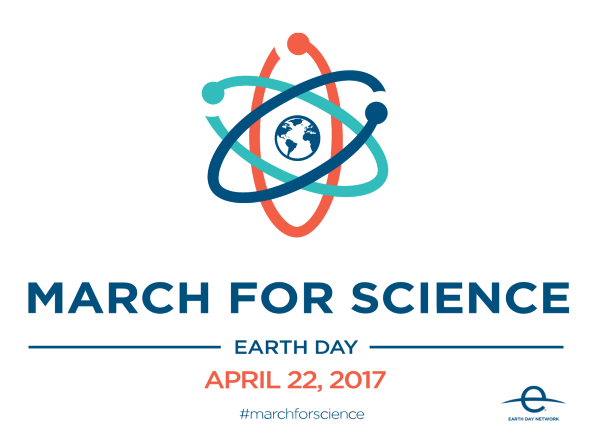
This is why we are calling on you, each and every scientist, ranging from technicians to postdocs, graduate students to faculty, to action. Educate and communicate with your science. Explain why it is necessary. Even if you talk to just one person a day, that can make a difference. That is where we start. If you want to do more, organize. Rally behind policymakers who heed scientific evidence and will champion such causes. Volunteer at high schools and colleges. Take part in science festivals. Celebrate science and its achievements sans the elitism. It is not about funding, or whose research is more important. It is about making science accessible to the masses, who have tirelessly supported and benefited from our work for decades and will continue to do so. It is about rescuing science from the clutches of political partisanship. It is about freedom to communicate our science, the protection of our community, and the advancement of our society.
For too long academics have been cooped up in their self-imposed exclusive isolation from the masses. For too long we have assumed that Science exists in a vacuum. We cannot afford this axiom anymore. We have to consider the social, political, and economic forces that affect the direction of scientific research. We have a moral and civic duty to fight for what is right and to prevent the use of science to advance fascist ideology. The time to take action is now.
Here are some resources to help you take action in the short term –
Sincerely,
The Sackler Insight Team

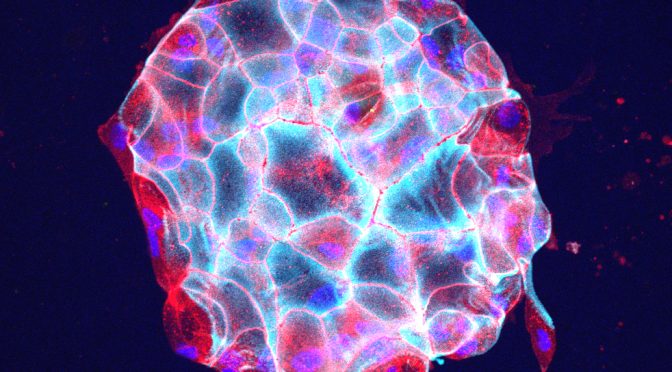
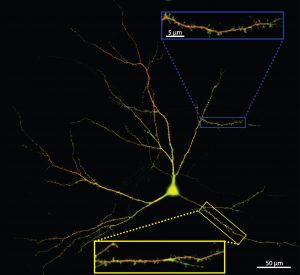
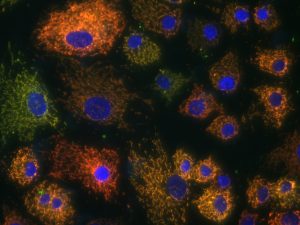
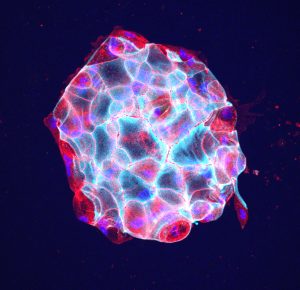
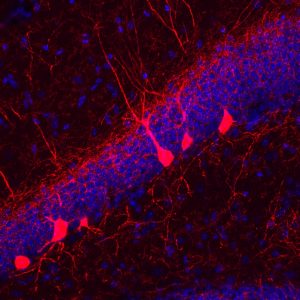
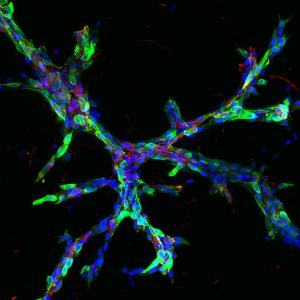
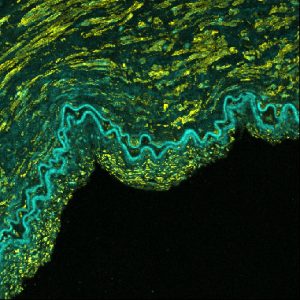

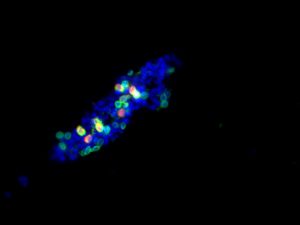
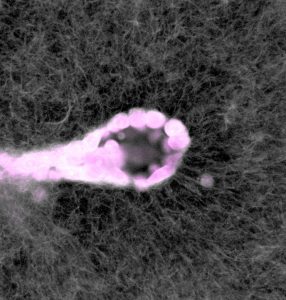

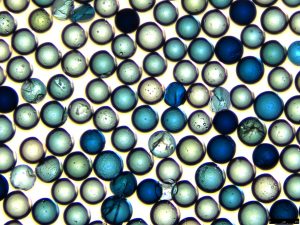
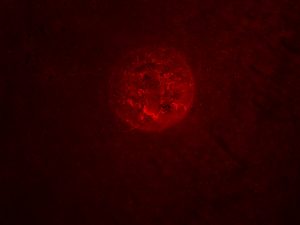


![IMG_20160713_204129_894[1]](https://sites.tufts.edu/insight/wp-content/blogs.dir/2889/files/2016/07/IMG_20160713_204129_8941-169x300.jpg)
